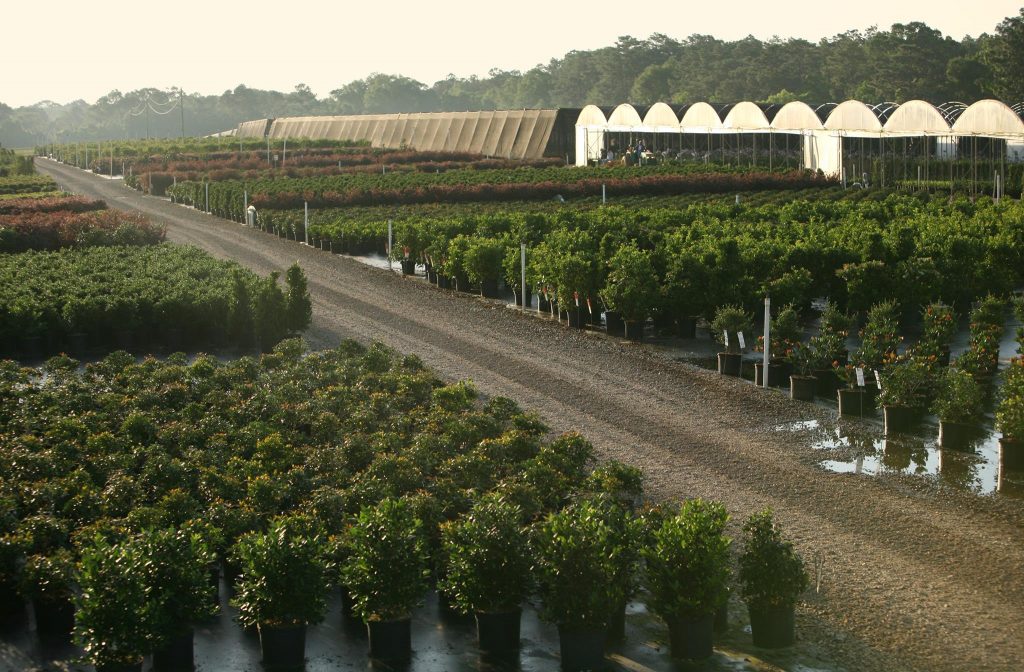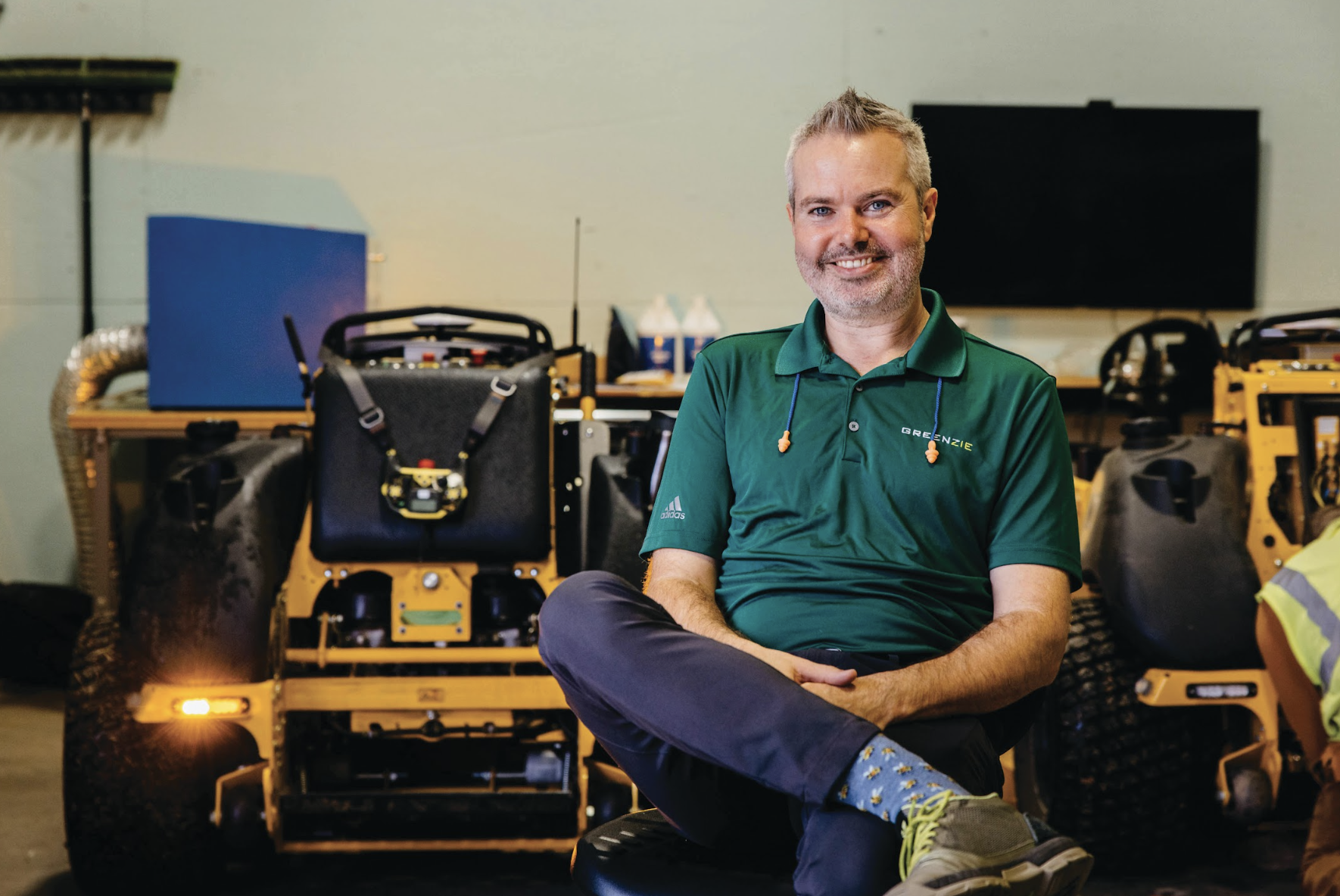
Imagining Changes in the Landscape Workforce
By Charles Brian Quinn, Co-Founder & CEO of Greenzie
“Hey, this is Bob, one of your customers, do you have a minute?”
“Sure….” you say, wincing from experience and labor shortages in the past.
“I just wanted to say thank you. Your crew that services our property are some of the most caring, attentive, smartest, that we’ve ever had. Heck, just the other day your crew saw my neighbor had a big Packers flag out front, so he had your robot mow a big Bears logo in our yard. You shoulda seen the look on my neighbor’s face. I don’t know how y’all do it, but it feels like y’all are always available, never late, my lawn looks great, and I’m so glad you told me about all those other projects I been meaning to get done. I don’t know how you do it, but I’m a happy customer. Just wanted to tell you.”
You relax and thank your customer. Because it wasn’t always like this.
Now, this is a story from the future, but one that’s not so far off. Technology is “eating the world”, ushering in advancements in software and productivity from Customer Relationship Management (CRMs), to Route and Fleet Management, to Robotics and Automation – all in service of helping landscapers do their best work. And it starts in the workforce.
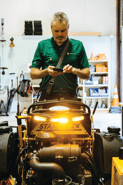 The future of the landscaping workforce uses technology seamlessly to deliver an incredible customer experience. Breakthroughs comes through struggle, and landscapers have been struggling. The National Association of Landscape Professionals (NALP) reports “the shortage of skilled labor is the major limiting factor” in growth, and we’ve got the second worst unemployment rates (behind construction). The good news is that the market is responding.
The future of the landscaping workforce uses technology seamlessly to deliver an incredible customer experience. Breakthroughs comes through struggle, and landscapers have been struggling. The National Association of Landscape Professionals (NALP) reports “the shortage of skilled labor is the major limiting factor” in growth, and we’ve got the second worst unemployment rates (behind construction). The good news is that the market is responding.
It’s easy for industry outsiders to give pithy advice like: “charge more, raise your rates, and hire more entrepreneurial millennials who think like owners.” But not when the work hasn’t changed much. There’s a rite of passage in mowing, trimming, and blowing. Doing the daily standup at 5 am. And a 10 hour day every now and then. But what if there isn’t anymore?
If an autonomous mower can cut out the middle, our daily standup can be done over Zoom from the road, and software clocks in and out for us, sends quotes and invoices automatically – do we need to keep repeating the past?
There are 3 crucial traits the future landscape workforce needs to have, as automation and software take over the repetitive, rote parts of the job.
The first is problem solving. Give me one problem solver over 5 mindless task followers any day. If you could take a crew of 3 workers down to 1 with autonomous mowers, perfect edgers, and powerful, quiet, electric blowers, you could pay that worker 50% more and still come out ahead on profitability.
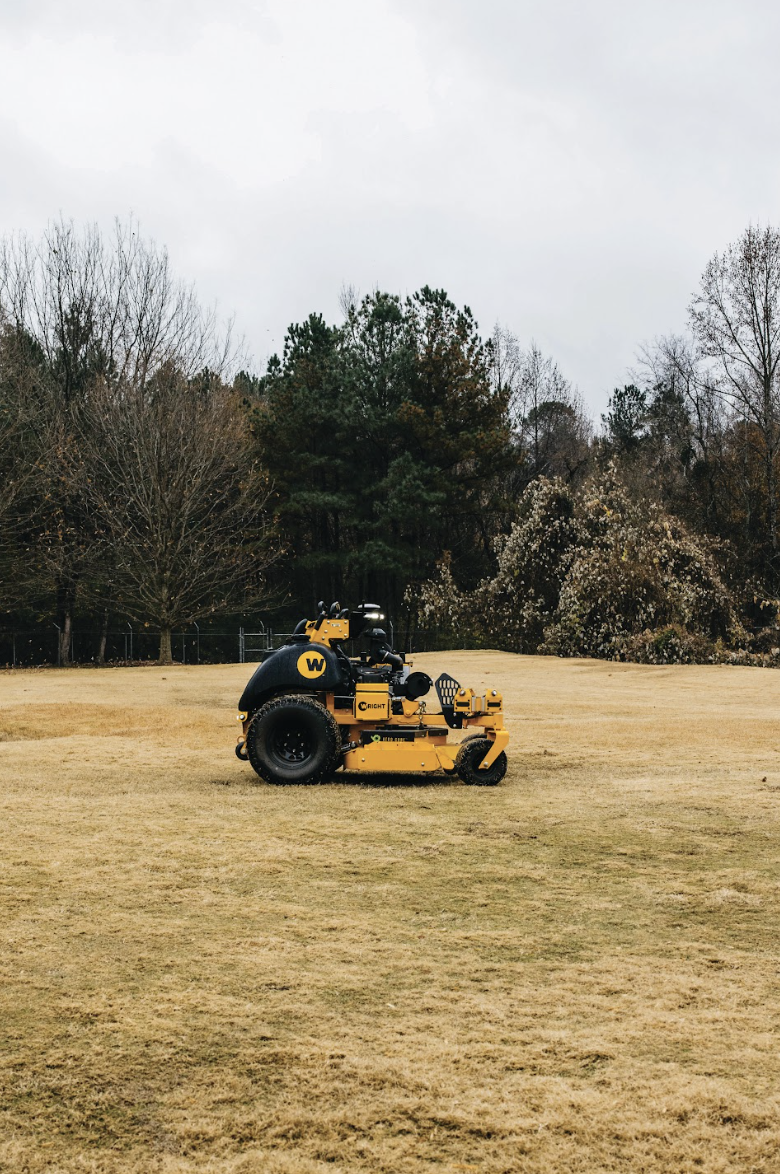
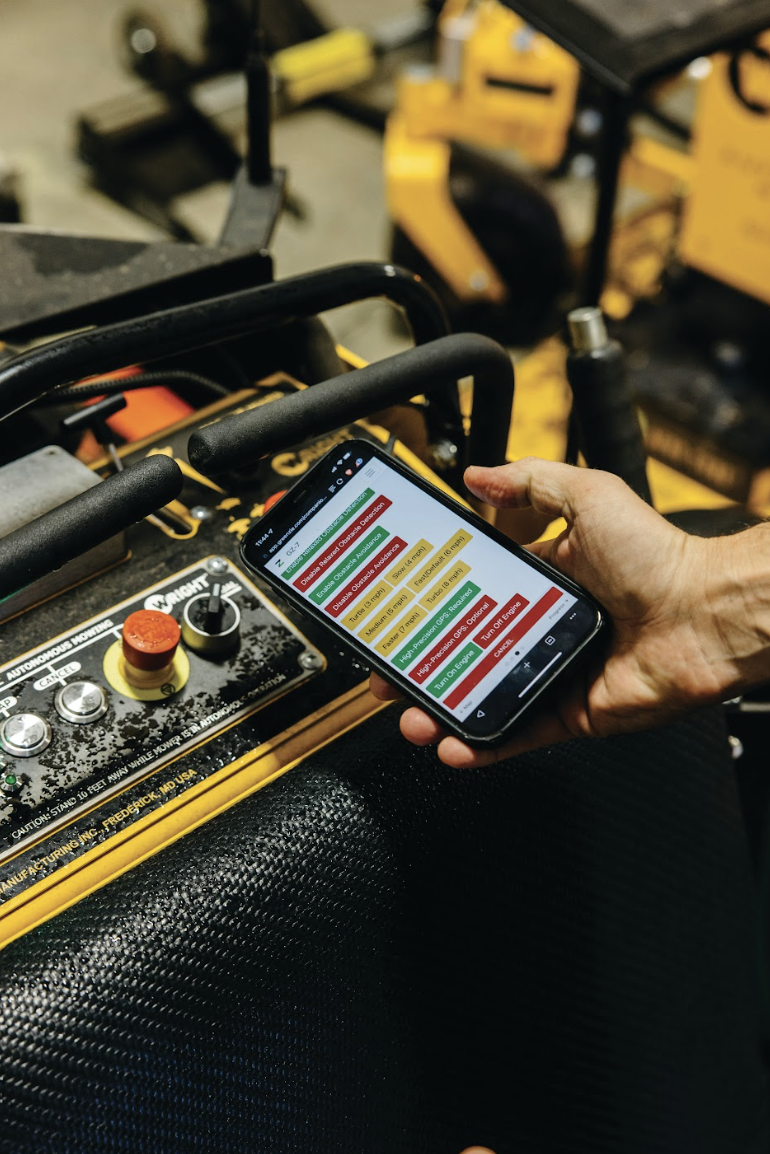
The next is creativity. With robomowers or even autonomous mowers taking over some of the repetitive parts of lawn maintenance, how your crews tackle the most important parts of the job creatively will make the difference between a profitable job with happy customers, or a quagmire.
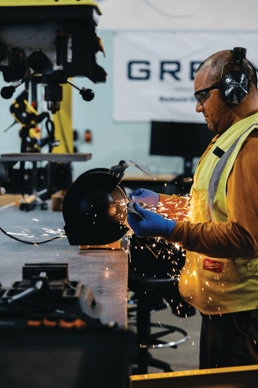 Finally, the landscaper workforce of the future needs to be resilient. Often called grit or a stick-it-out mentality. Not the brute force kind, but resilience to change. Those who can adapt and learn will thrive in a future workplace. It takes resilience to adapt to changing conditions, and technology is a change agent.
Finally, the landscaper workforce of the future needs to be resilient. Often called grit or a stick-it-out mentality. Not the brute force kind, but resilience to change. Those who can adapt and learn will thrive in a future workplace. It takes resilience to adapt to changing conditions, and technology is a change agent.
“Those who fail to learn from history are condemned to repeat it,” said Winston Churchill. As professional landscapers, it’s our job to level up the workforce of the future. We don’t need automatons who can’t learn new tricks. We can still regale them with the time we had to walk uphill in the snow both ways to school, though, as we sit in our fancy self-driving trucks watching self-driving mowers get the job done.
All photos courtesy of © Luke Beard
ABOUT
Charles Brian Quinn, or CBQ, is the co-founder and CEO of Greenzie. Greenzie's software and off-the-shelf sensor suite add self-driving to commercial zero turn mowers to reduce the labor cost of lawn maintenance. OEMs equip Robotic Ready™ machines off the factory line with Greenzie Autonomous Mowing, enabling commercial landscaper fleets to utilize robotic workers on their crews. CBQ thinks software is the solution to most problems, just ask his wife and kids, who live in a fully automated home in Atlanta, Georgia, USA.

2 min read
5 TRENDS FOR A WATER-CONSCIOUS FUTURE
As we enter 2025, the landscaping industry is witnessing a transformative shift toward sustainability and water conservation. With the ongoing...
.png?width=541&height=218&name=synkd%20logo%20w%20tagline%20(2).png)
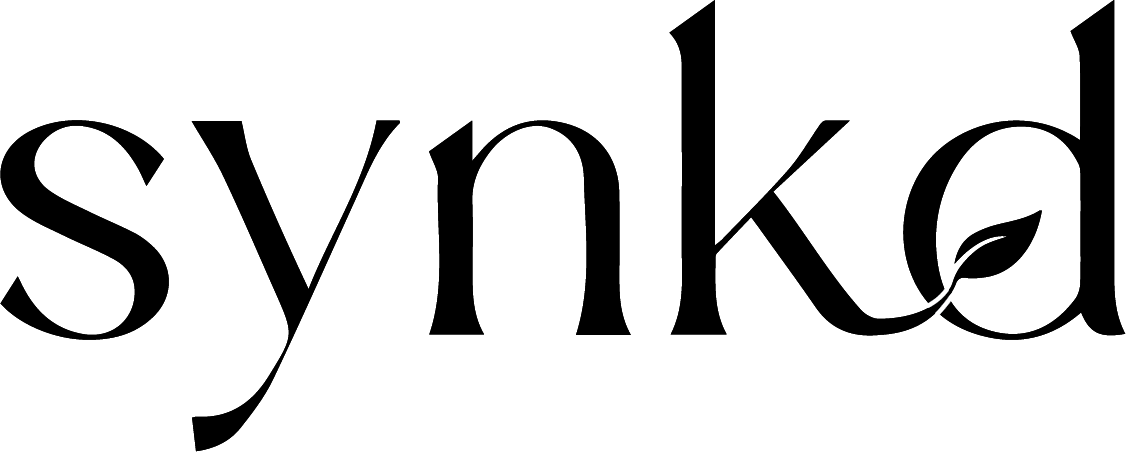


 SYNKD Writer
SYNKD Writer
